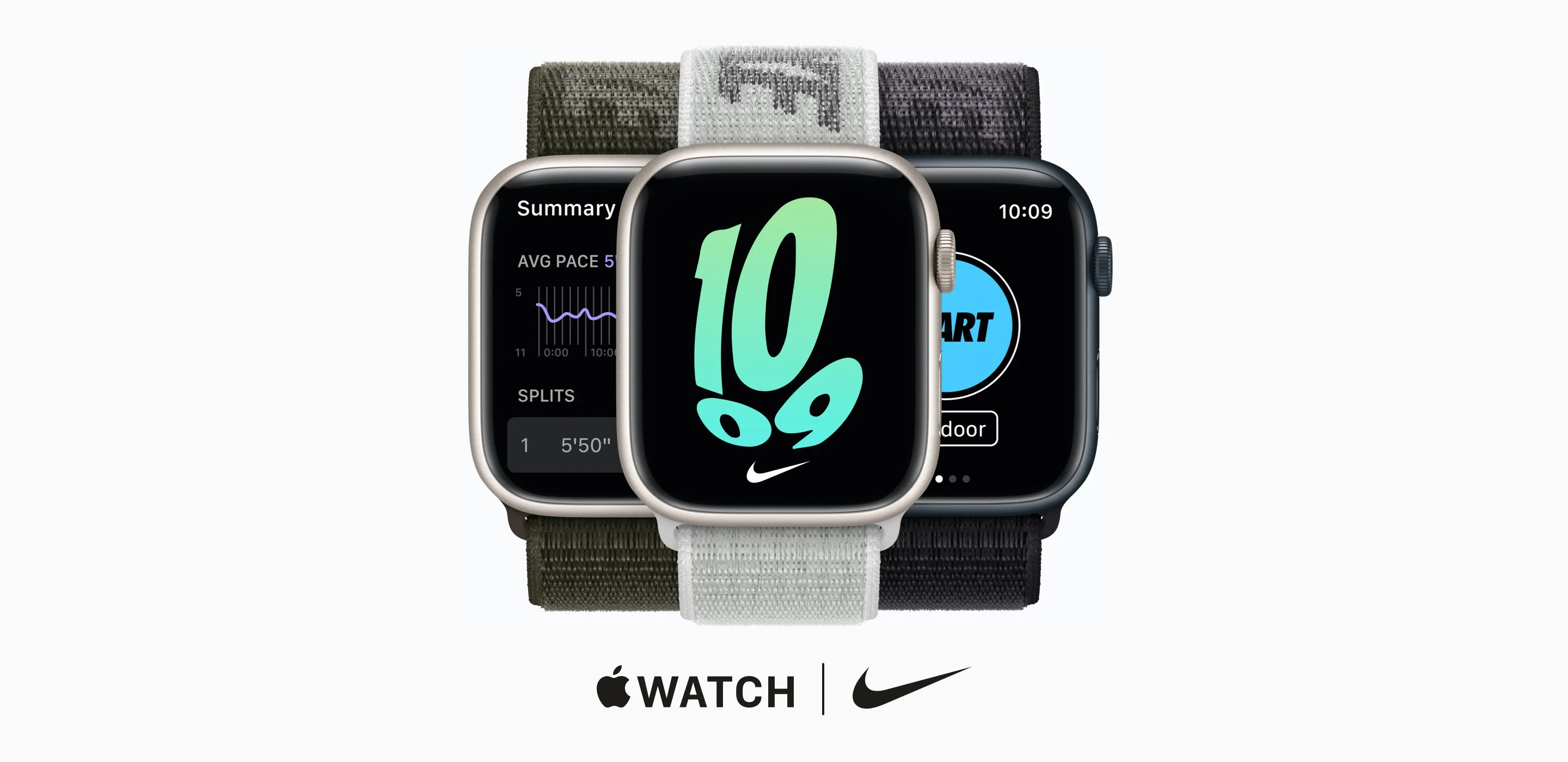
In today’s competitive marketplace, brands are constantly seeking innovative ways to engage consumers. One strategy that has proven to be both unique and highly effective is cross-category marketing—a dynamic approach where products from different categories collaborate or merge to create a combined value proposition. This type of marketing not only expands brand reach but also attracts new customer segments by offering an unexpected but compelling mix of products.
What Is It?
At its core, cross-category marketing involves combining two or more products from distinct categories to provide a unique consumer experience. Unlike traditional partnerships, where brands within the same industry collaborate, cross-category marketing transcends industries, often creating partnerships that may seem surprising at first glance. This strategy works by engaging different consumer interests, broadening market appeal, and opening new revenue streams.
The primary goal is to draw consumers from different market segments—customers who may not typically be interested in one category but are attracted by the pairing with another. The resulting collaboration can create more value for customers, making the overall offering more attractive than either product on its own.
Case Study: Michelin’s Unexpected Culinary Dominance
One of the most famous and fascinating examples of cross-category marketing is Michelin’s involvement in the culinary world. While most people associate Michelin with tires, the company is also the force behind the prestigious Michelin Stars, which are awarded to the finest restaurants globally. But how did a tire company become the kingmaker in the world of fine dining?
In 1900, Michelin published its first Michelin Guide, originally intended as a resource for motorists, providing maps, instructions for tire maintenance, and lists of fuel stations and places to eat. The strategy was simple: to get people driving more often, Michelin encouraged them to explore new destinations. This increased the need for new tires, creating a direct link between restaurant discovery and automobile travel. As the guide grew in popularity, Michelin eventually began to rate restaurants, and by the 1920s, the Michelin Stars were introduced, solidifying its place in both the automotive and culinary worlds.
This unexpected leap into the world of fine dining is one of the most successful examples of cross-category marketing. Michelin, a tire company, became an authority in the food industry by establishing credibility and trust with consumers across two seemingly unrelated categories: tires and restaurants. The Michelin Guide now holds a level of prestige equivalent to the Oscars in the film industry, showing the true potential of cross-category marketing.
The Rise of Cross-Category Marketing Today
In recent years, cross-category marketing has seen a resurgence, especially as brands increasingly look to tap into multiple consumer passions. Take the example of Apple and Nike collaborating to create the Apple Watch Nike+, blending fitness with technology. This collaboration bridges the gap between wearable tech and sportswear, offering consumers a seamless product for both tracking fitness and integrating with their digital lives. The cross-category product not only appeals to tech enthusiasts but also fitness-minded individuals, opening a broader market for both brands.
Moreover, data shows the effectiveness of such strategies. According to Statista, collaborations and partnerships across industries can lead to a 15-20% increase in brand awareness and often result in long-term customer loyalty. As brands realize the potential of pairing products with others from different categories, we can expect even more creative cross-industry partnerships.
Why Does it Work?
Consumer behavior plays a huge role in the success of cross-category marketing. As lifestyles become more complex, consumers are increasingly looking for integrated solutions that fulfill multiple needs. For instance, a cross-category product like the Apple Watch Nike+ satisfies both fitness and tech needs in a single product, allowing users to combine their passions in one purchase. This blend of value makes cross-category products highly appealing to today’s multi-tasking consumers.
Moreover, cross-category marketing taps into emotional triggers. The element of surprise and delight that comes from unexpected brand pairings often engages consumers on a deeper level. In the case of Michelin, the leap from tires to restaurants allowed the brand to connect with consumers in new and meaningful ways, building long-term loyalty.
The Future Potential
Looking ahead, we can expect cross-category marketing to continue evolving as brands become more experimental in their approach to partnerships. With the rise of digital platforms, new opportunities for cross-category marketing are likely to emerge, particularly in areas like e-commerce and content creation. Brands will seek to provide consumers with more integrated experiences, further blurring the lines between different industries.
In conclusion, cross-category marketing is a strategy that, when executed thoughtfully, can create new consumer experiences, expand market reach, and drive innovation. Whether it’s Michelin’s journey from tires to fine dining or Apple and Nike’s partnership in fitness tech, cross-category marketing proves that stepping outside conventional boundaries can deliver impactful results.
Sources:
- Statista: Cross-category marketing effectiveness data
- Michelin Guide History – Michelin official site
-
Apple Watch Nike+ collaboration - Apple and Nike announcements
For more information, please contact:
Inasa Ori Sativa
Corporate Communications Lead of FAB Indonesia
e: inasa.sativa@fabindonesia.com
p: +62 858 7085 2010







